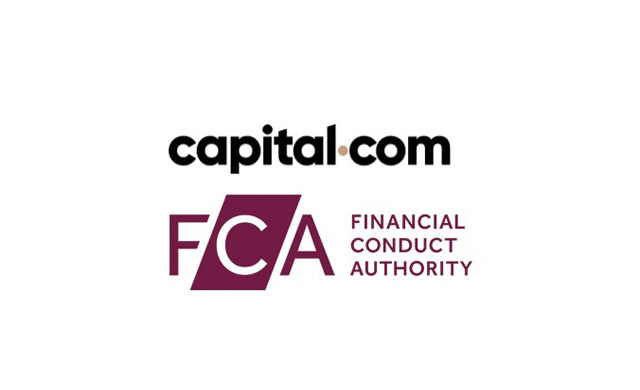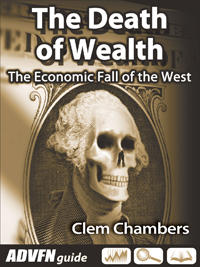London stocks fell in early trade on Thursday as investors waded through a barrage of earnings reports.
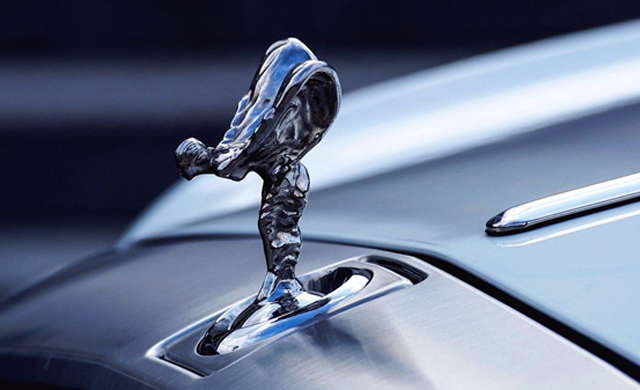
At 0840 GMT, the FTSE 100 was down 0.3% at 8,689.61.
Susannah Streeter, head of money and markets at Hargreaves Lansdown, said: “As concerns swirl about the latest tariff threats emanating from the White House, this time in the direction of the EU, there’s set to be a subdued start to trading as investors mull the repercussions.
“The FTSE 100 has opened lower, as caution remains the name of the game amid a murky outlook for the global economy.”
Speaking at his first cabinet meeting on Wednesday, US President Donald Trump threatened to impose 25% tariffs on the EU, saying that details of the tariffs would be released soon.
In equity markets, Barclays, Diageo, Unilever and Ashmore all fell as they traded without entitlement to the dividend.
WPP tumbled as the advertising giant reported a drop in full-year revenues and said like-for-like revenue less pass-through costs for 2025 were expected to be flat to 2% lower.
St James’s Place lost ground despite saying it swung to a full-year profit, while consumer healthcare firm Haleon was down even as it reiterated its full-year outlook after posting improved full-year sales and profits.
Ocado slid even as it announced narrower full-year losses driven by strong rises in revenue at its retail and technology divisions and saying it expected to turn cash flow positive by fiscal 2026.
Howden Joinery was weaker as it reported broadly stable full-year profits and revenue in a “challenging” market, but announced a new £100m share buyback.
Wood Group fell as it announced the appointment of Iain Torrens as interim chief financial officer following the sudden resignation of Arvind Balan last week, which was put down to an incorrect description of his professional qualifications in various statements in the public domain.
The appointment comes just days after Wood Group confirmed it had received a takeover approach from Dubai’s Sidara.
Taylor Wimpey edged lower as it posted a fall in annual revenues and profits but said it had seen a “robust” start to the new year as demand picked up.
On the upside, Rolls-Royce surged to the top of the FTSE 100 as it lifted mid-term guidance and unveiled a £1bn share buyback as annual profits jumped, driven by its civil aerospace unit. It also announced its first dividend since the Covid-19 pandemic.
London Stock Exchange and Aviva both gained on the back of better-than-expected results, while Serco and Man Group were also higher after results.
Top 10 FTSE 100 Risers
| Sponsored by Plus500 |
|
| # | Name | Change Pct | Change | Cur Price | |
|---|---|---|---|---|---|
| 1 | 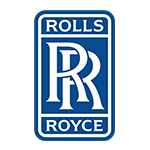 |
Rolls-royce | +14.99% | +94.60 | 725.60 |
| 2 |  |
London Stock Exchange Group Plc | +2.39% | +265.00 | 11,365.00 |
| 3 | 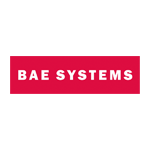 |
Bae Systems Plc | +1.71% | +23.00 | 1,368.00 |
| 4 | 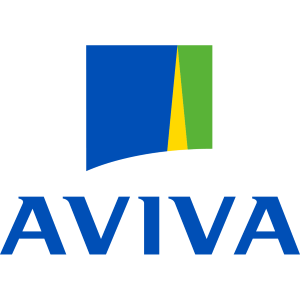 |
Aviva Plc | +1.52% | +8.00 | 532.80 |
| 5 | 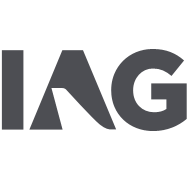 |
International Consolidated Airlines Group S.a. | +1.50% | +4.90 | 332.10 |
| 6 |  |
Melrose Industries Plc | +1.32% | +8.20 | 629.60 |
| 7 |  |
Banco Santander S.a. | +0.39% | +2.00 | 515.00 |
| 8 |  |
Astrazeneca Plc | +0.39% | +46.00 | 11,928.00 |
| 9 |  |
Wheaton Precious Metals Corp. | +0.36% | +20.00 | 5,520.00 |
| 10 |  |
Bp 9% 2nd Prf | +0.32% | +0.50 | 154.50 |
Top 10 FTSE 100 Fallers
| Sponsored by Plus500 |
|
| # | Name | Change Pct | Change | Cur Price | |
|---|---|---|---|---|---|
| 1 | 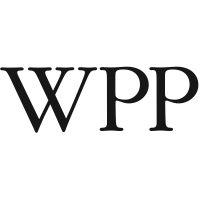 |
Wpp Plc | -17.89% | -137.80 | 632.40 |
| 2 | 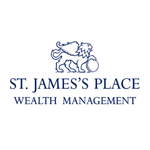 |
St. James’s Place Plc | -4.42% | -50.00 | 1,081.00 |
| 3 |  |
Barclays | -3.95% | -12.20 | 296.75 |
| 4 |  |
Haleon | -3.57% | -14.10 | 381.40 |
| 5 |  |
Diageo Plc | -3.21% | -70.00 | 2,113.00 |
| 6 |  |
Aib Group Plc | -2.35% | -13.00 | 540.00 |
| 7 |  |
Intermediate Capital Group Plc | -2.31% | -54.00 | 2,282.00 |
| 8 |  |
Auto Trader Group Plc | -2.08% | -16.40 | 772.40 |
| 9 | 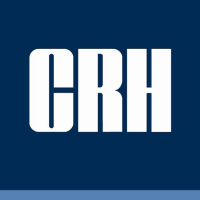 |
Crh Plc | -1.94% | -158.00 | 7,970.00 |
| 10 |  |
3i Group Plc | -1.76% | -72.00 | 4,028.00 |
US close: Stocks mixed, Nvidia earnings in focus
Major indices turned a mixed performance on Wednesday as investors digested earnings from AI-darling Nvidia after the close.
At the close, the Dow Jones Industrial Average was down 0.43% at 43,433.12, while the S&P 500 advanced 0.01% to 5,956.06 and the Nasdaq Composite saw out the session 0.26% firmer at 19,075.26.
The Dow closed 188.04 points lower on Wednesday, reversing gains recorded in the previous session despite weaker-than-expected consumer confidence numbers.
Disappointing retail figures, as well as the consumer sentiment reading, have increased investors’ fears regarding the state of the US economy of late.
However, quarterly numbers from bellwether Nvidia after the close looked set to be the next major market catalyst, with the chipmaker posting Q4 earnings that beat Wall Street estimates on both the top and bottom lines and telling investors that Q1 revenues were also likely to come in ahead of current consensus estimates. Nvidia’s earnings and forward guidance were both seen as especially important as they come hot on the heels of the emergence of Chinese contender DeepSeek, which raised questions about the sustainability of the artificial intelligence trade.
Also in focus on Wednesday was further uncertainty regarding Donald Trump’s trade policy after he stated that tariffs against Canada and Mexico would soon take effect and also claimed he would soon expand his trade war to include 25% tariffs on goods imported from the European Union.
On the macro front, mortgage applications decreased by 1.2% in the week ended 21 February, according to the Mortgage Bankers Association of America, Applications to refinance a mortgage fell by 4%, while applications to purchase a new home were flat.
Elsewhere, US new home sales fell 10.5% to a seasonally adjusted annualised rate of 657,000 in January, according to the Census Bureau, missing market expectations for a reading of 680,000 and marking the lowest level seen in three months amid pressures from persistently high mortgage rates.
Thursday newspaper round-up: United Utilities, Amazon, Nvidia
Sadiq Khan, the mayor of London, has announced an ambitious plan to add more than £100bn to the capital’s economy within a decade. Unveiling what he is calling the London growth plan, Khan said he was allocating hundreds of millions of pounds in devolved funding in an attempt to return the annual productivity growth of the London economy to the levels seen before the 2008 financial crisis. – Guardian
England’s most polluting water provider “isn’t good enough” at trying to stop sewage dumping, its boss has admitted to MPs. The chief executive of United Utilities defended her £1.4m pay packet, including a £420k bonus, despite the company behind historic spills in Lake Windermere having been found to have polluted more than any other in 2023. – Guardian
Amazon is to start charging a monthly fee for a revamped version of Alexa as the e-commerce giant upgrades its decade-old voice assistant so it can order groceries, make a restaurant booking and hold a conversation with users. The online retailer’s new Alexa+ service, which will cost as much as $19.99 (£15.74) per month, will be able to understand complicated requests, order items online and manage smart home gadgets. – Telegraph
Nvidia has forecast first-quarter sales ahead of Wall Street expectations as the American artificial intelligence chipmaker recorded strong demand for its next-generation Blackwell chip. The Santa Clara-based company sought to allay investor fears about AI chip demand as it predicted revenue of $43 billion for the next quarter, plus or minus 2 per cent. Analysts had forecast first-quarter revenue of $42.1 billion. – The Times
House values have risen three times faster than those of flats since the beginning of the pandemic, with would-be buyers put off by worries over cladding and service charges. On average, house prices in the UK have risen by 24 per cent over the past five years, compared with a 7 per cent increase in the price of flats, data from Zoopla, the property search website, shows. Flats have risen in value by 0.5 per cent over the past year, while house prices are up by 2.2 per cent, on average, over that time. – The Times

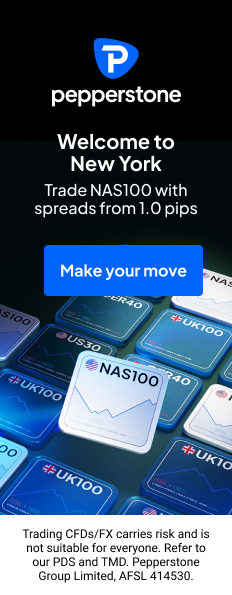
 Hot Features
Hot Features





